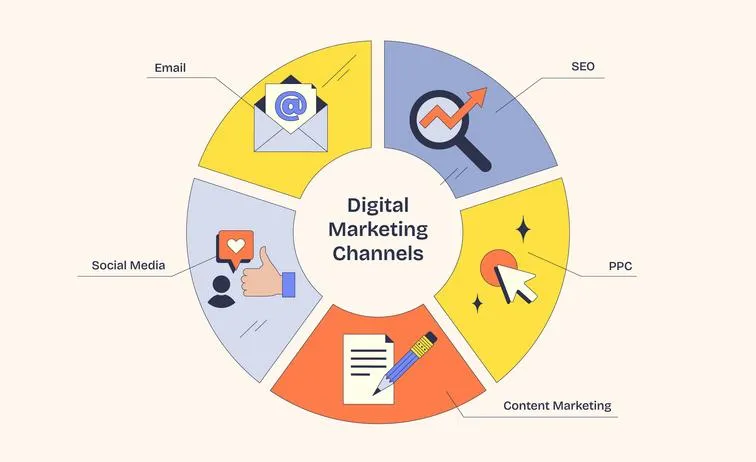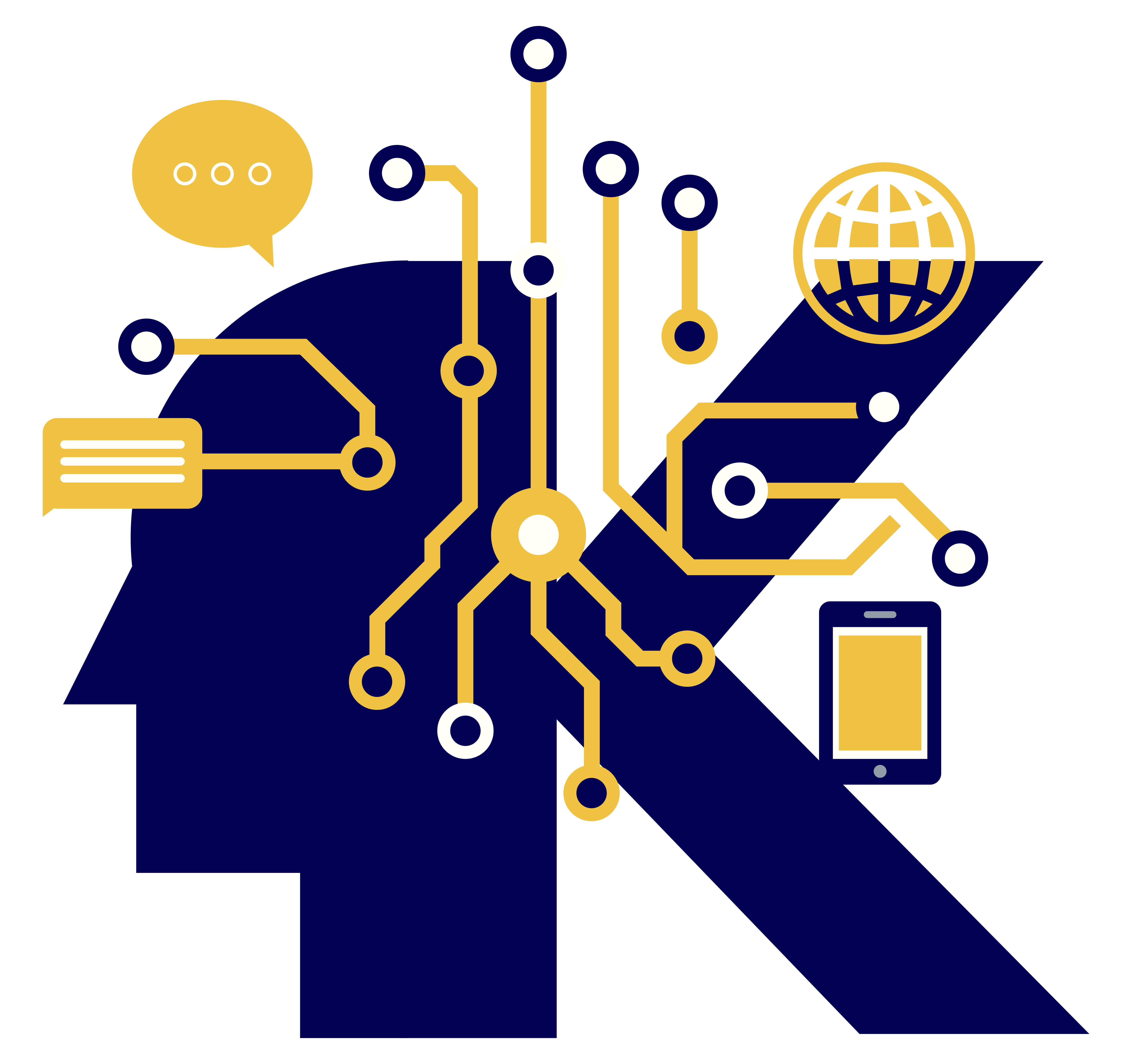
Full-Funnel Marketing for Beginners: A Simple Strategy to Boost Conversions
Full-Funnel Marketing for Beginners: A Simple Strategy to Boost Conversions
Introduction
If you're new to digital marketing, you’ve probably heard the term “marketing funnel”—but what does it really mean? A full-funnel strategy helps you guide potential customers from first discovering your brand to eventually making a purchase (and beyond).
In this beginner-friendly guide, we’ll break down each funnel stage and show you how to build a strategy that converts at every level.
What Is a Marketing Funnel?
A marketing funnel is a model that represents the customer journey, from first interaction to final purchase (and even repeat business). It’s typically broken into three stages:
Top of Funnel (TOFU) – Awareness
Middle of Funnel (MOFU) – Consideration
Bottom of Funnel (BOFU) – Conversion
Understanding these stages is the first step in creating content that meets your audience where they are.
The 3 Key Stages of a Full-Funnel Strategy
Stage 1 – Top of Funnel (Awareness)
Goal: Grab attention and build brand visibility
Your audience doesn’t know you yet. At this stage, you’re introducing your brand and offering helpful, informative content.
Content ideas for TOFU:
Blog posts that answer common questions
Social media videos or reels
Infographics and how-to guides
SEO-optimized content for search visibility
Channels to use:
Organic search (SEO)
Social media
Paid ads (Google, YouTube, Meta)
Stage 2 – Middle of Funnel (Consideration)
Goal: Build trust and nurture leads
Your audience is interested but not ready to buy. This is where you position your brand as the solution to their problem.
Content ideas for MOFU:
Case studies and testimonials
Email sequences and lead magnets
Product comparison guides
Webinars or free trials
Channels to use:
Email marketing
Retargeting ads
In-depth blog content
Stage 3 – Bottom of Funnel (Conversion)
Goal: Encourage action—sign up, purchase, or contact
Here, your prospects are close to buying. It’s time to make it easy and compelling for them to say “yes.”
Content ideas for BOFU:
Discounts or time-limited offers
Product demos or live walkthroughs
Strong CTAs (calls-to-action)
Personalized email follow-ups
Channels to use:
Direct email campaigns
Remarketing
Landing pages
How to Connect the Funnel Stages
For a successful full-funnel strategy, you need to connect each stage with tailored content and messaging. Here’s how:
3 Ways to Align Your Funnel:
Use analytics tools (like Google Analytics 4) to track user behavior across funnel stages.
Create content journeys, not just individual post-guide readers from awareness to action.
Retarget based on behaviors show different ads to people depending on their last interaction.
Metrics That Matter by Funnel Stage
TOFU (Top of Funnel)
Primary Goal: Brand awareness
Key Metrics: Impressions, reach, website traffic
MOFU (Middle of Funnel)
Primary Goal: Engagement & interest
Key Metrics: Time on site, email signups, bounce rate
BOFU (Bottom of Funnel)
Primary Goal: Conversions
Key Metrics: Sales, form submissions, CTA clicks
Conclusion: Start Simple, Then Scale
You don’t need a complex system to begin full-funnel marketing. Start by creating one piece of content per stage, test how it performs, and build from there.
Over time, your funnel will evolve with your audience—and that’s how you turn browsers into buyers.
To learn more, speak with our Growth Agents by email at [email protected] or phone call at 904 689-8881.
